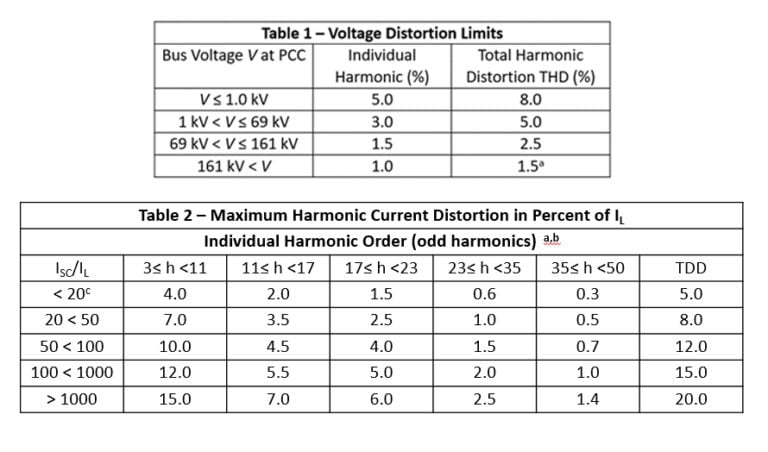Summary: India follows the IS12360 standard that requires low voltage single phase supply to be delivered at 230V, with the minimum and maximum value ranging from 207V to 253V. In addition to this the IEEE519-2014 requires the power quality measured in terms of Total Harmonic Distortion of Voltage should be less than 8%. Often these voltage quality parameters are not met and that leads to unwanted failures and asset loss. This article would assist the reader with strategies to ensure the acceptable voltage quality is met.
Standards for consuming electricity safely in India
Ever wondered, what are safe levels of electricity in India?
Not often, but we do think about it when there is a hazardous event. India follows a few different standards to ensure use of electricity safely. The most important standard is IS732 that outlines everything from how wiring is to be done, earthing requirements and voltage quality.In particular every utility needs to supply voltages adhering to IS12360 & IEEE519.
For the low voltage user the standards specify -
- IS732: Code and Practice for Electrical Wiring Installation
This is the fundamental standard that must be followed while designing, installing and using any premise in India. It covers basic issues like safe distances and material handling to practices to ensure ideal quality of wiring, earthing and even protection devices to be installed. This code for practise is the bare minimum that has to be followed. Although referred by every electrical design company to this date there is little verification to certify a site is maintaining operation to this standard. One of the practices it requires is to follow IS12360 for voltage quality. - IS12360: Voltage Bands for Electrical Installations Including Preferred Voltages and Frequency
It specifies the voltage ranges of 207V to 253V for single phase supply a range of 360V to 440V for 3 phase supply. Both operating at a frequency ranging from 48.5 Hz to 51.5 Hz. One of the biggest drawbacks of this standard is that there is no verification of its implementation. Ideally if the voltage exceeds the stipulated range supply should be disconnected. As we all know this never happens and what occurs instead is a test of the resilience of the electrical loads installed. Installing voltage stabilizers can enable compliance with IS12360. - IEEE519-2014:IEEE Recommended Practice and Requirements for Harmonic Control in Electric Power Systems
This is a power quality standard and specifies the need for controlling both the voltage and current harmonics. Voltage harmonic distortion needs to be controlled within 8% for low voltage users, whereas current harmonic distortion must be kept under 5 to 20% as prescribed below. However there is no clear mandate and electrical fault correction plan in case the harmonic levels exceed the required levels. Besides just rating the power quality at site to be unsatisfactory.
Ensuring compliance with IS732, IEEE519 & IS12360
If one were to ensure safety and quality of the electricity the obvious requirement to mandate that if electricity supply and usage is not matching one of these standards then it is not suitable for consumption. It is not suitable for consumption as it can lead to failures, asset losses and even hazards. This change in mindset requires solutions that can ensure compliance to electrical grid and power quality standards. The use of automation solutions like the smart auditor, smart optimizer and smart DBs can ensure that a facility is always complying with these electrical standards.

